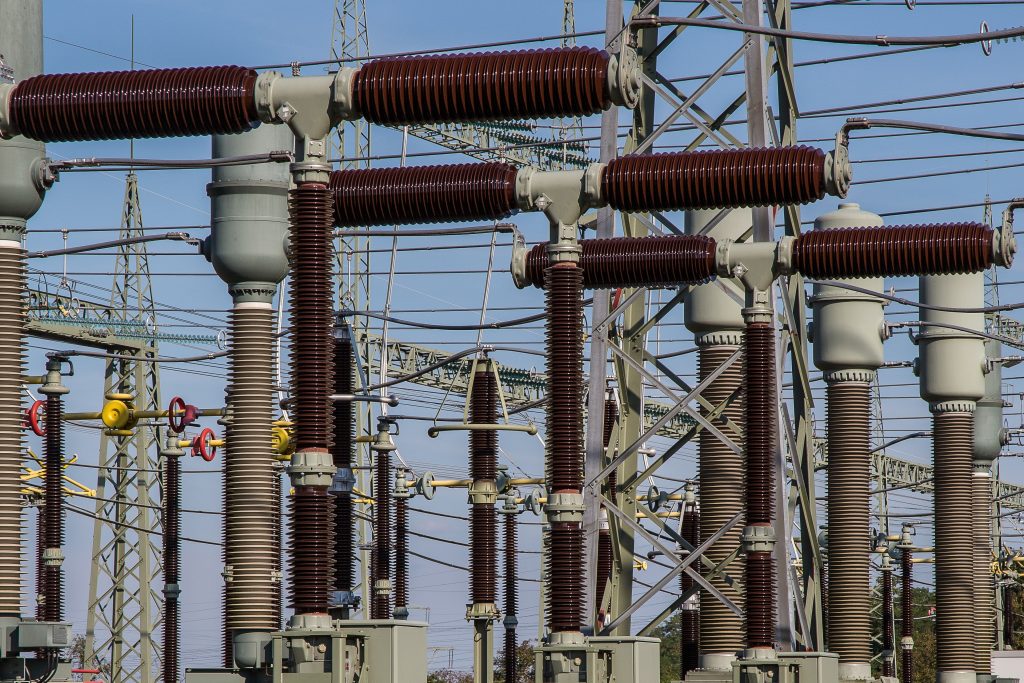
Electricity is an integral part of our modern world. We rely on it to power our homes, businesses, and industries. Electrical power is the flow of electric charge through a conductor, typically in the form of an electrical current. The generation, transmission, and distribution of electrical power is a complex process. This involves a combination of science, engineering, and technology.
Electricity can be generated through various means, including fossil fuels, nuclear energy, hydropower, wind power, and solar power. Fossil fuels such as coal, oil, and natural gas are the most common sources of electricity generation. However, they are non-renewable and emit greenhouse gases that contribute to climate change. On the other hand, renewable sources of energy like wind and solar power are sustainable and emit no harmful gases. Making them increasingly popular in recent years.
The Complex Process of Electrical Power
Once electricity is generated, it is transmitted through a network of power lines and transformers that transport it to substations, where it is distributed to consumers. The voltage of electricity is stepped up during transmission to reduce energy loss over long distances. The voltage is then stepped down again at substations before it reaches homes and businesses.
Electrical power has a wide range of applications. It powers our lighting, heating, and cooling systems, as well as our appliances, computers, and communication devices. It is also essential for industrial processes such as manufacturing, mining, and transportation.
One of the key challenges in the electrical power industry is balancing supply and demand. The amount of electricity generated must match the amount that is consumed at any given time. This requires careful planning and management of power grids, as well as the development of energy storage technologies to help balance fluctuations in supply and demand.
In recent years, there has been a growing interest in decentralized electricity generation and distribution. This involves the use of small-scale power generation technologies, such as solar panels and wind turbines, that can be installed in homes and businesses. This approach has the potential to reduce reliance on centralized power grids and promote energy independence.
However, the electrical power industry faces several challenges, including aging infrastructure, cybersecurity risks, and the need to transition to a more sustainable energy mix. To address these challenges, there is a need for continued investment in research and development, as well as policies and regulations that support the adoption of new technologies and encourage energy efficiency.
In conclusion, electrical power is an essential part of our modern world. Its generation, transmission, and distribution require a complex network of infrastructure and technology, and balancing supply and demand is a critical challenge. As we move towards a more sustainable energy future, there is a need for continued innovation and investment in the complex process of the electrical power industry.

1 Comment
Wow superb blog layout How long have you been blogging for you make blogging look easy The overall look of your site is magnificent as well as the content